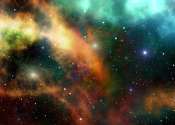Found: three black holes on collision course
Astronomers have spotted three giant black holes within a titanic collision of three galaxies. Several observatories, including the Chandra X-ray Observatory and other NASA space telescopes, captured the unusual system.









